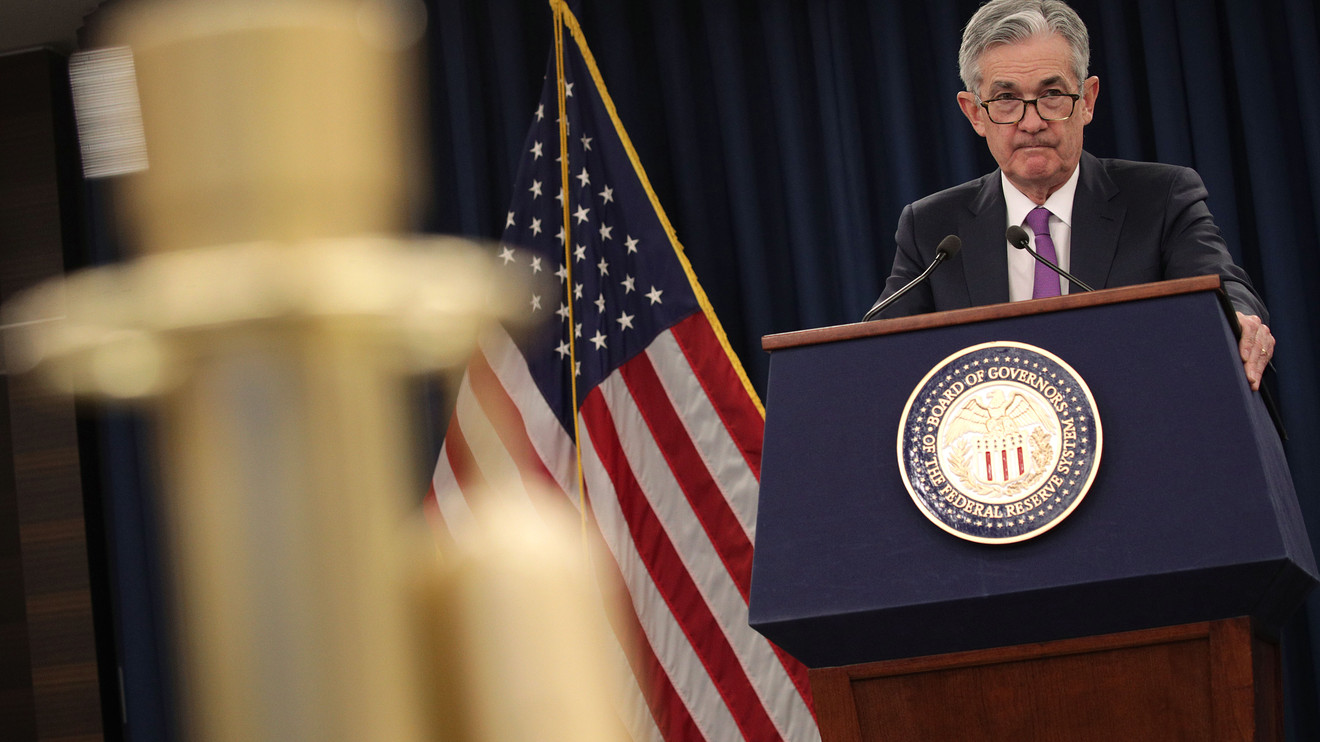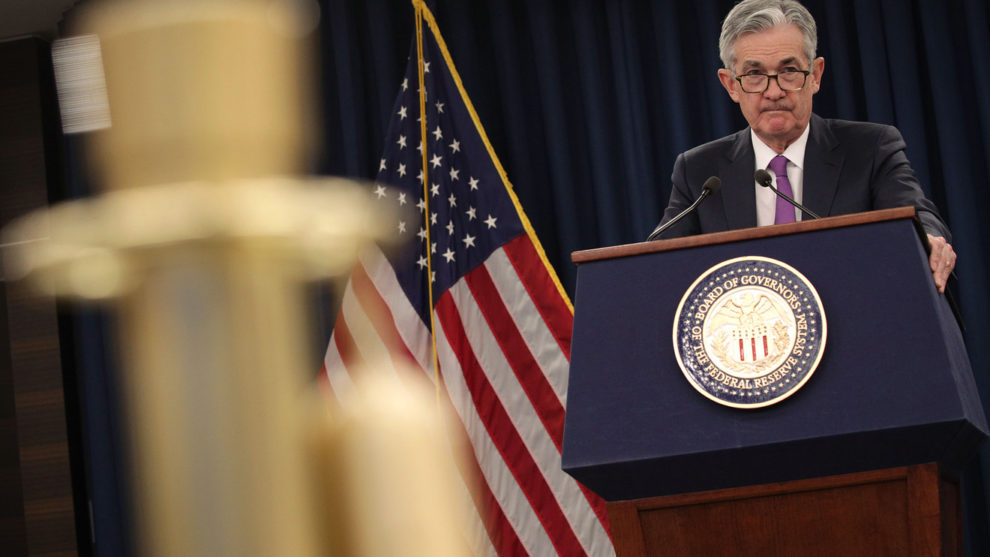
The Federal Reserve maintains that its recent repurchase-agreement activity — as well as the buying of Treasury bills of up to $60 billion a month — is not quantitative easing (QE).
But if the Fed’s balance sheet is growing and so are excess reserves in the banking system, it becomes the very definition of QE.
If the Fed’s balance sheet is growing and so are excess reserves in the banking system, it becomes the very definition of quantitative easing.
The operation — let’s call it QE4 — is supposed to carry through the second quarter of 2020, as per the Fed’s own statements. We don’t know when in the second quarter such QE maneuvers might end, but whether it’s April or June, we may see a record-high Fed balance sheet during that quarter.
Fed’s balance sheet swelling
The lowest reported point of the Fed’s balance sheet since the balance sheet normalization started was $3,759,946 billion ($3.76 trillion rounded) on Aug. 28, 2018. The latest reported level is $4,047,882. That’s close to $300 billion in QE added in only 2½ months since the disruptions in overnight interest rate markets started in September. If the Federal Reserve carries the $60 billion monthly rate until the second quarter, that would mean that it would have surpassed the all-time high of $4.5 trillion in its balance sheet holdings (set in February 2015) sometime during June 2020 (see chart).
Read: China’s slowing economy and trade troubles aren’t scaring some foreign investors
How can one not be bullish in such an environment of ample liquidity infusion? Repurchase agreements, even though many are short-term, affect the level of the balance sheet. If the Fed overlaps multiple repurchase agreements at any given time, the Fed’s balance sheet could easily overshoot its all-time high.
I don’t believe that the Fed’s balance sheet is the only determinant of the level of the stock market, but it sure is a major factor. Balance-sheet expansion is like printing money — but for financial institutions only. It does affect the monetary base (excess reserves plus currency in circulation), which is the narrowest definition of money supply (M0). It basically causes asset-price inflation without causing uncontrolled broad money supply growth, which is why has it has not (yet) resulted in hyperinflation (see chart).
In prior economic downturns, the Fed would lower interest rates, which would stimulate lending, which would help lift the economy out of a recession. After the 2008 downturn, the Fed not only lowered interest rates but also provided a large amount of electronic dollars, called excess reserves, which first affected the prices of Treasury and mortgage securities, investment-grade corporate bonds and ultimately junk bonds and stocks. One could argue that the Fed pulled the economy out of a deflationary hole in large part by using asset prices, so it was not the improving economy affecting the prices of financial assets, but financial assets causing the economy to improve. I think we have a similar QE dynamic at present.
While philosophically I do not find palatable such extreme levels of intervention in financial markets, since it has not backfired yet, one should assume the Fed would keep doing it, until/if/when it backfires.
The buy list
The most obvious beneficiary of QE4 is gold bullion, particularly if it weakens the dollar. Gold GC00, -0.14% and the dollar DXY, +0.28% have been more or less rising in tandem over the past year, as it is hard for the dollar to decline when both the European Central Bank (ECB) and Bank of Japan (BoJ) are involved in QE. Also, interest-rate differentials still are very much in favor of the dollar. The recent $100 pullback from its 2019 high is probably a buying opportunity in gold. For more, see “What’s driving the rare simultaneous rise in gold and the dollar.”
Another beneficiary of QE would be risk assets, which would include members of the Nasdaq-100 Index, or the specific FAANG stocks, some of which have been appreciating in anticipation of a trade deal with China. The trade deal is important to the present rally in the stock market, as an escalation of trade tensions means higher tariffs and less global trade, which is putting the brakes on the global economy.
I think the Chinese have dragged out the trade negotiations intentionally late in the presidential election cycle, as President Trump needs a victory to talk about in his election rallies. Now they will give him a half-baked deal known as “Phase I,” at which point both the chief Sun Tzu disciple from Beijing, as well as well as The Donald will be able to claim victory. Laggards like Wells Fargo WFC, +1.34% should catch a bid in the present environment, as well as high-beta financials like Goldman Sachs GS, +0.94%.
A trade deal is likely to reverse, at least in the intermediate term, the nearly 10-year underperformance of emerging markets relative to the S&P 500 (see chart). That means many of those Chinese stocks that are rising due to short covering or the reversal of no-trade-deal trades probably have more room to run with a trade deal. Obvious beneficiaries of a relief rally are Alibaba BABA, +1.04%, JD.com JD, -0.68%, Tencent Holdings TCEHY, +0.64% and Baidu BIDU, +2.02%. Investors interested in a more blanket approach should consider the iShares China LargeCap ETF FXI, -0.17% and the more inclusive iShares Emerging Markets ETF EEM, +0.00%.
With a trade deal and accommodative Fed, a good target for the S&P 500 is the 3,400-3,500 range by mid-2020. In a similar scenario, it is conceivable that the MSCI Emerging Markets Index, which registered a closing all-time high of 1,328 in 2007, will try and retest that level in 2020 (see chart).
Without a trade deal, however, all bets are off.
Ivan Martchev is an investment strategist with institutional money manager Navellier and Associates. Neither Navellier & Associates nor Ivan Martchev hold positions in the securities mentioned.
div > iframe { width: 100% !important; min-width: 300px; max-width: 800px; } ]]>



